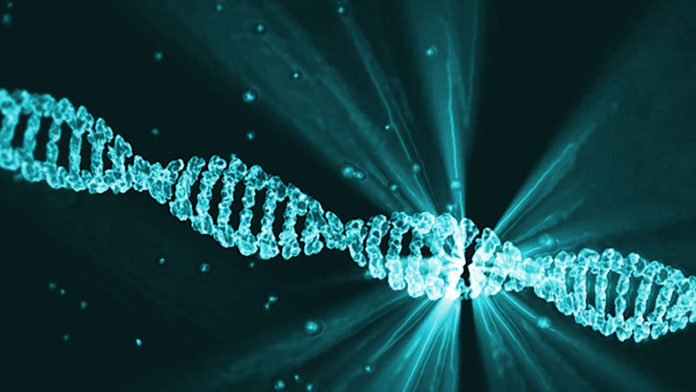Gene editing promises enormous therapeutic benefit for any genetic disease. This could include anything from cystic fibrosis, to HIV/AIDS, to cancer. But specificity for the target gene is crucial; any off-target modifications could trigger new problems.
CRISPR/Cas9 is a bacterial protein complex that can swap in a variety of guide strands of RNA, complementary matches for target DNA sequences, using it to seek out and cut an exact location to enable gene editing. It’s simple to use and easy to adapt to new targets. It can be used to turn genes on or off or insert new ones. This versatility and precision have made it an important tool in the biology lab.
However, sometimes a similar gene can be falsely recognized and cut. Until now, the error rate of CRISPR/Cas9 has been around one percent. While this is reasonably accurate for use in the lab, it’s far too high for direct therapeutic use in people.
“Given that there are trillions of cells in the human body, even one percentage off is quite significant, especially because gene editing is permanent. One wrong cut and a patient could end up with a serious condition like cancer,” says Basil Hubbard, professor of pharmacology at the University of Alberta.
Hubbard builds RNA guide strands that can better discriminate between the true target and off-target mismatches. By selectively replacing the natural building blocks of RNA with synthetic ones called bridged nucleic acids or BNA, Hubbard and his team reduced the error rate for an accuracy up to 10,000 times better than previously possible.
The study was published in Nature Communications.
Bridged nucleic acids are synthetically modified RNA building blocks that are structurally more rigid, allowing them to make even stronger pairings with complementary targets. Strategically placed near the regions where mismatches typically happen, BNA reduces the likelihood of cutting an off-target sequence in two ways: firstly, it slows down the kinetics of Cas9, meaning that it takes longer to make a molecular cut; secondly, it knocks off mismatched sequences more frequently, leaving less time in the required “zipped” position for a cut to happen if the target is not a true match.
The authors believe that the larger size of BNA nucleotides may be what gives them the edge: the added bulk means that imperfect matches can’t meet the attractive forces needed to pull the guide strand into position, but perfect matches can.
Hubbard has filed a patent on this discovery and hopes to partner with the pharmaceutical industry to validate therapeutic applications for patients.








































